Warning! SPOILERS for The Woman KingThe Woman King mixes true history with fiction to carve out an epic story about an all-female group of warriors called the Agojie. Many historical films necessarily take creative liberties with actual events to enhance the story for the screen. Yet, the excellent cast of The Woman King does well to bring the fictional and real characters of the Dahomey kingdom to life.
The film stars Viola Davis as General Nanisca, leader of the Agojie and a central character to the film. Nanisca takes an interest in a young woman named Nawi (Thuso Mbedu) after encouraging her and other formerly captive women to join their ranks. The Agojie serve under King Ghezo, played by John Boyega, who is internationally known for his role as Finn, as introduced in Star Wars: The Force Awakens. Along with a cast of memorable characters, the film features some extraordinary fight sequences highlighting The Woman King cast's intense training routine. Viola Davis channels her inner Amanda Waller during this role, showing a fearsome and cold side to her leadership skills.
SCREENRANT VIDEO OF THE DAY
While the broad history of The Woman King is true, the explicit details within the film are where the liberties are taken. The film's events take place in 1823, where under King Ghezo, Dahomey is attempting to free itself of its tributary duties to the Oyo empire. This part is genuine. The real King Ghezo successfully severed his ties with Dahomey's rival in the year depicted in the film. However, Viola Davis's character General Nanisca is fictionalized for the film, and her stance on slave trading likely wasn't shared by the real Agojie generals of that period. By proxy, her protégé and warrior-in-training Nawi is also a fictional character, though she and Nanisca share their names with actual Agojie.
The Real Agojie Explained
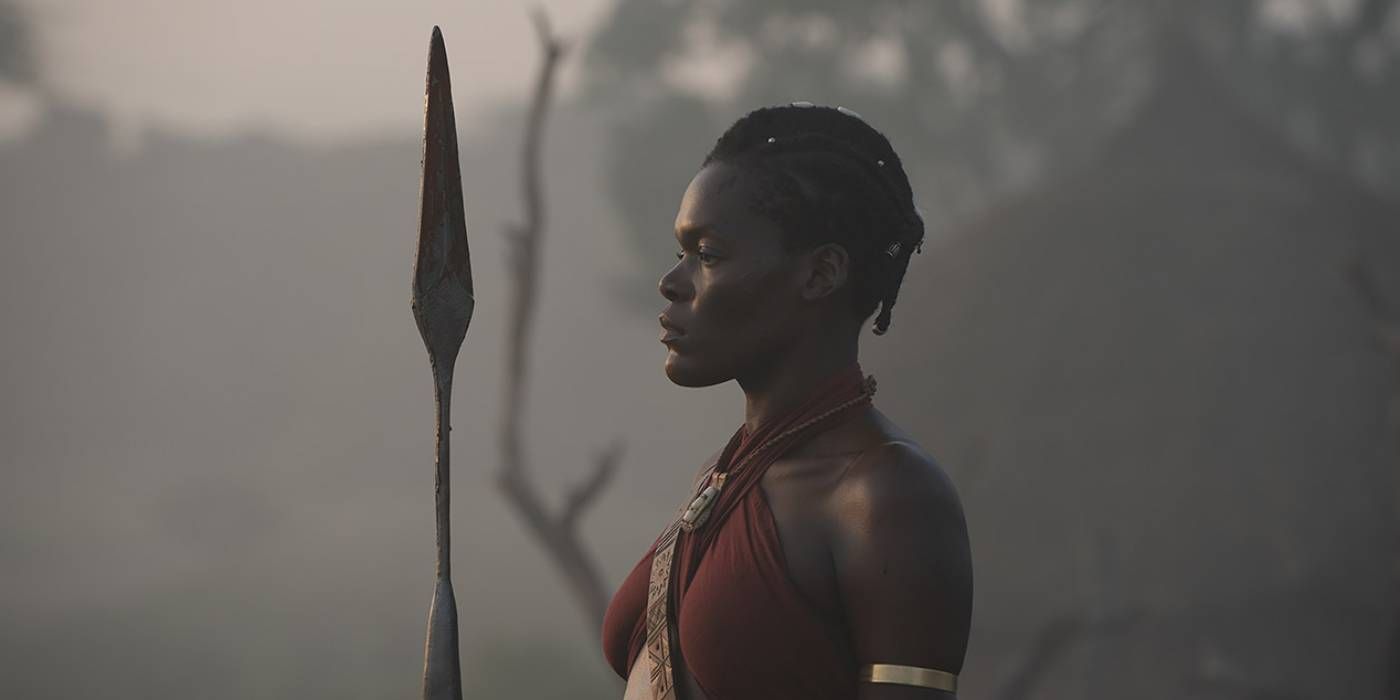
The fierce warriors shown in the film, like Sheila Atim's Amenza, are based on an entire all-women military regiment. The Agojie's origins date back to at least the early 18th century, but many believe they were formed earlier. King Houegbadja, a 17th-century king of Dahomey, was thought to have assembled a group of female elephant hunters to fight for the country. However, a later rule of Dahomey is credited with establishing the Agojie as the royal guard. Similar to the film's depiction, the Agojie rose to fame under the authority of King Ghezo, earning the nickname "The Dahomey Amazons" from Western Europeans. Historians theorize that the use of a large female militia was due to their battle prowess and the heavy male casualties from ongoing wars. Under King Ghezo (played by John Boyega), their numbers grew from hundreds to thousands.
The Agojie were unique among most West African kingdoms. They trained even in times of peace and wore uniforms to set themselves apart. As shown in The Woman King, the Agojie obtained their recruits through volunteers, formerly enslaved people, women who refused to wed, and orphans. The Agojie lived somewhat privileged lifestyles, living on the king's palatial grounds, having access to tobacco and alcohol, and even having servants of their own.
Were The Real Agojie Allowed To Marry
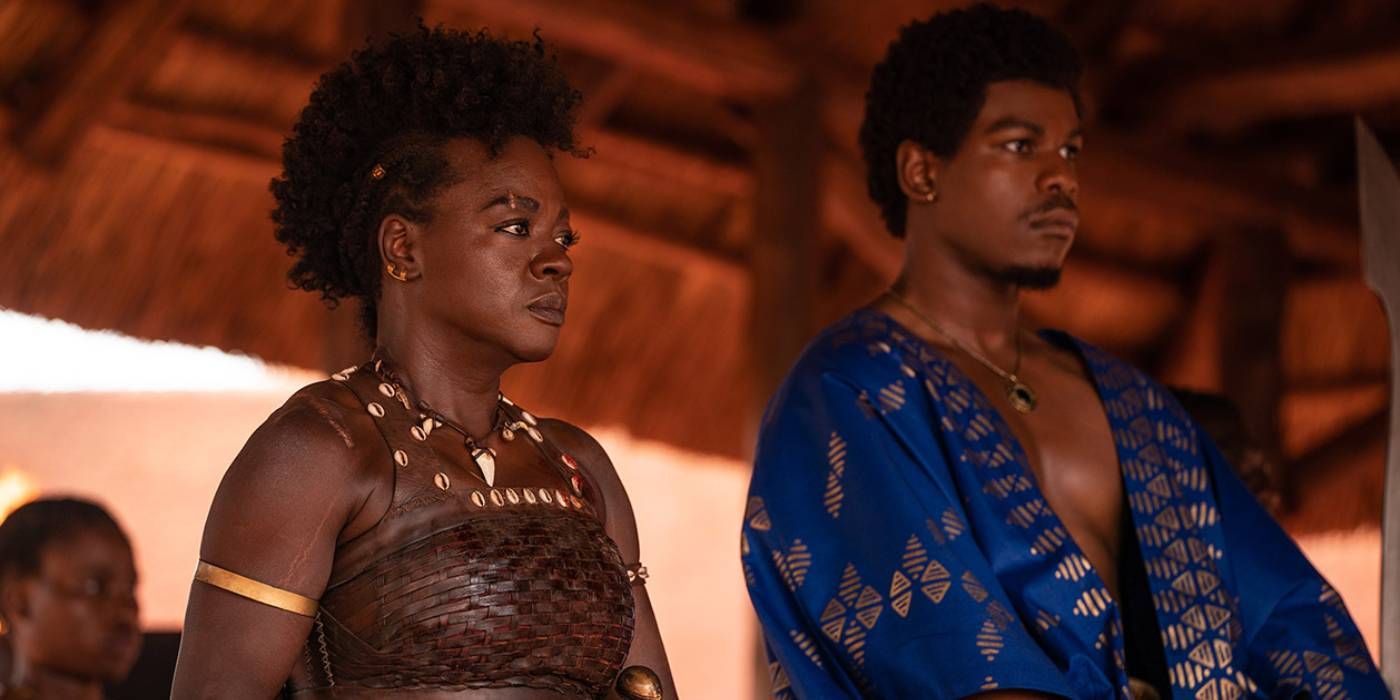
Another aspect the film gets right is the Agojie's pledge not to marry and vow of celibacy. The film excludes that the Dahomey Amazons are considered wives of the king as a formality. Usually, they do not share his bed or bear his children. Towards the end of The Woman King, Nawi takes up a love interest in a part-Dahomey/part-Brazilian man named Malik. The romance is short-lived, but Nanisca constantly reprimands Nawi for breaking the rules. The film suggests that, for Nanisca, the celibacy rule is about more than tradition, but partly due to her traumatic past. It is unknown if a romantic tryst like Nawi's could have occurred. The real Agojie warriors were very strict to their creed, though it is documented that many of the women did have relationships with each other.
Nanisca & Nawi Weren't Real People (But Were Based On Them)
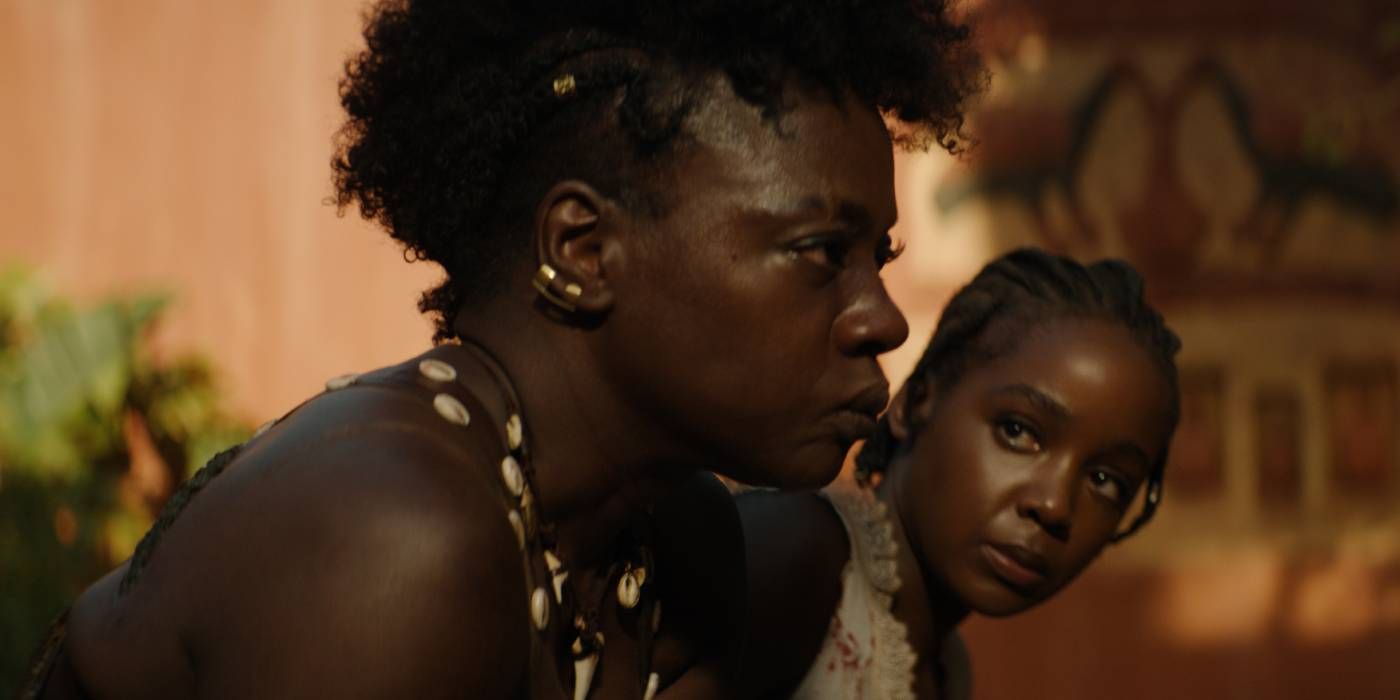
The main characters, Nanisca and Nawi, aren't real, but they share names with documented recruits of the Agojie. A French naval officer noted a young girl named Nanisca, making her first kill in a gruesome account. The Woman King will likely be the biggest movie release of September, but it doesn't depict the depth of brutality actually displayed by real-life Agojie. The naval officer describes the teenage Nanisca beheading an enslaved person without hesitation. The film's Nanisca was at times a cold and brutal general, but deep down was compassionate and empathetic. This varies a bit from the known generals in Dahomey's history who participated in and facilitated slave trades.
Nawi is loosely inspired by the last surviving warrior of the Agojie, who was interviewed in 1978. The real Nawi would not have been alive during King Ghezo's reign as she claimed to have fought in the Second Franco-Dahomean War in 1892. In The Woman King, Nawi was 19 when she joined the Agojie, but they actually recruited much younger girls, some only eight years old.
The Real Kingdom Of Dahomey Was Much More Brutal
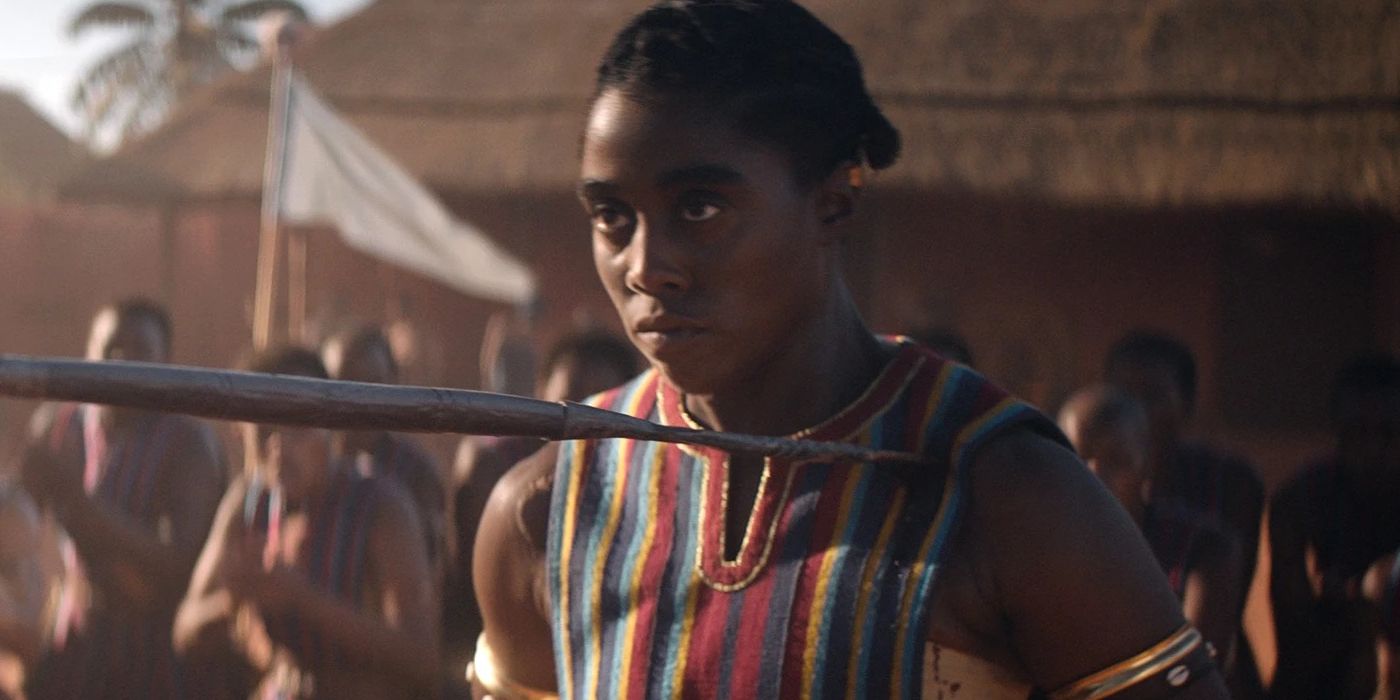
Not all the Agojie were as light-hearted as Izogie, played by Lashana Lynch (No Time to Die). The film portrayed its female warriors as protectors, but in reality they were also conquerors. Dahomey's conquest can be considered somewhat villainous, by conquering nearby African states and taking their citizens. It was often customary for their soldiers to return with the head and genitals of their victims. The Agojie would also burn the villages down during their raids. There are accounts of a violent yearly religious ceremony known as the Annual Customs of Dahomey. During these ceremonies, the Dahomey People conducted large-scale human sacrifices, reportedly ranging from hundreds to thousands.
Dahomey's wealth was primarily due to the slave trade, partially depicted in the film. The Woman King displays a conflicted nation that wanted to stop trading, which is inaccurate. Director of The Old Guard, Gina Prince-Bythewood's vision of Dahomey is much more heroic than most historical depictions. Dahomey did stop their slave trade at the urging of the British much later than the film's timeline, but it didn't last long as the kingdom's wealth started to decline.
What Happened To The Agojie
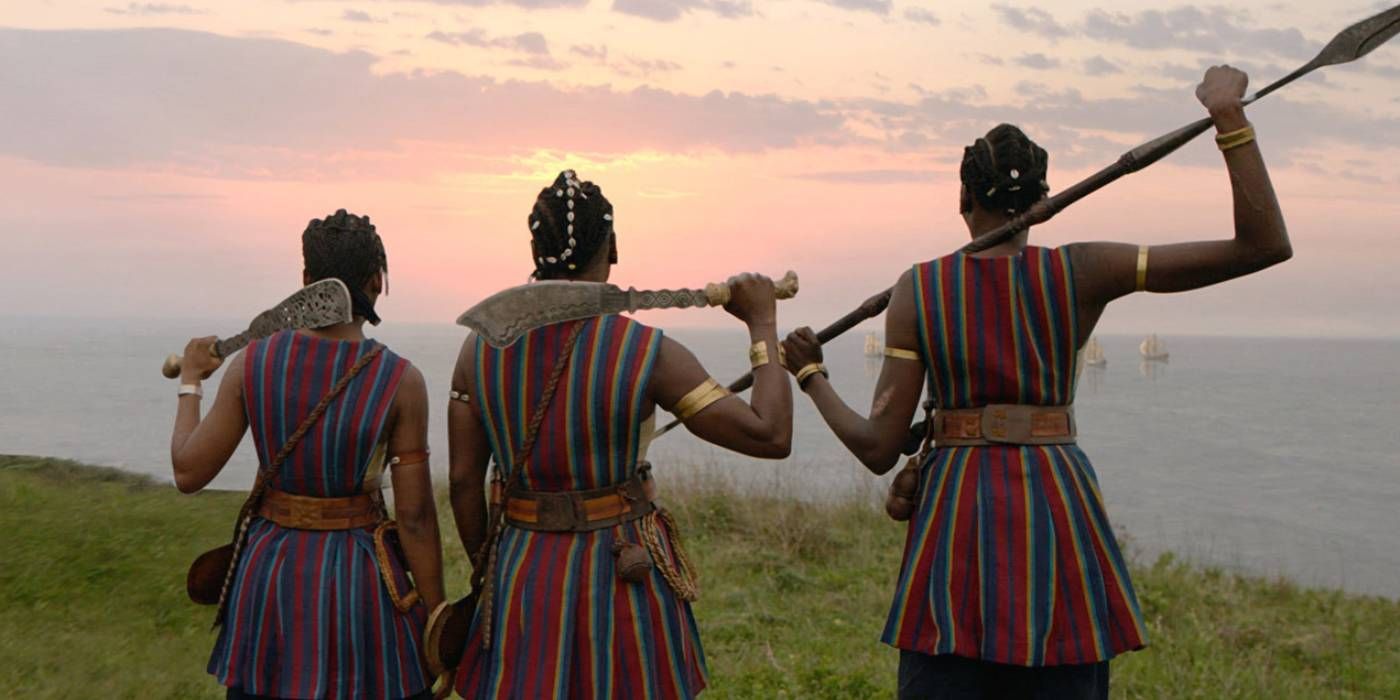
Dahomey's military prowess started to decline towards the end of the 19th century. Dahomey suffered many Agojie casualties in their failure to defeat the Egba, a neighboring nation. This failure severely weakened them in future battles with France. The Agoji fought in two Franco-Dahomean wars in the 1890s that ultimately saw the dissolution of Dahomey in 1904. Overall, the Agojie spanned nearly 200 years and produced thousands of fierce female warriors that protected and expanded the great African Kingdom.
Though the Agojie are no more, they have inspired pop culture, most notably the Dora Milaje from Black Panther. The Woman King provides an emotional and triumphant look into a mighty army of women. While some of the film's assertions are fictional accounts of history, it does well to bring the Dahomey kingdom to audiences who may have been unfamiliar with the former African nation.
